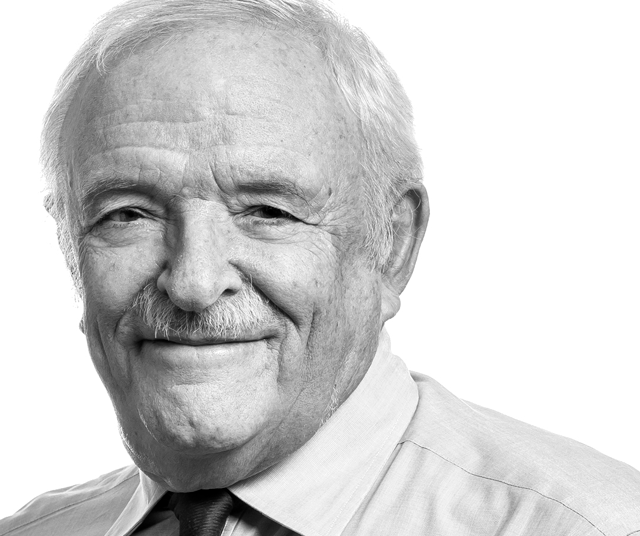Novel Strategies to Enhance Neural Plasticity after Damage to the Central Nervous System: Applications of Acute Intermittent Hypoxia (AIH)
William Zev Rymer, Milap Sandhu, Arun Jayaraman, Gordon S. Mitchell
Abstract : This presentation will address the physiological impact of transient reductions in oxygen concentration in the inspired air on neural systems performance in CNS disorders.
Based on studies performed on the neural control of breathing, undertaken originally in animal models, we know that transient but moderate reductions in oxygen concentration from 21% to 10% produce rapid facilitation of neural pathways involved in the mechanics of breathing. These pathways and their transmitters have been studied extensively, and we know now that both serotonin and BDNF play a pivotal role, and that these effects develop rapidly after injury to the CNS, and can contribute to the preservation of breathing and of tissue oxygen levels within just a few minutes. In the last decade, we have learned, additionally, that similar facilitation arises in neural circuits regulating limb muscular activity, and that the effects described in relation to breathing can be broadly generalized to many other neural systems.
Here, we report on the striking effects of transient hypoxia on muscle strength and limb coordination in lower extremity muscles in paraplegic patients, and on upper extremity muscles in quadriplegic patients. We show that transient moderate hypoxia induces rapid increases in isometric voluntary muscle strength, and furthermore, when hypoxia is combined with intensive training, the resulting increases in motor performance are greater than when hypoxia or training are administered separately.
It appears feasible that acute intermittent hypoxia (AIH) may emerge as baseline rehabilitation therapy in many disorders, especially in incomplete spinal cord injury at the lumbosacral or cervical level. In addition, we are currently performing studies to determine whether AIH has potential value in other neurologic disorders such as multiple sclerosis and stroke.
Bio : William Zev Rymer, MD, PhD is Director of the Single Motor Unit Laboratory at the Shirley Ryan AbilityLab (formerly the Rehabilitation Institute of Chicago, or RIC). He served as the former Vice President for Research and the John G. Searle Chair of Rehabilitation Research at the RIC. Dr. Rymer has appointments as Professor of PM&R, Physiology, and Biomedical Engineering at Northwestern University. He received his medical training from the University of Melbourne, graduating with honors, and his PhD in Neuroscience from Monash University. His research concerns the neural control and biomechanics of movement in human and animal models, and the disturbances of voluntary movement and their origins in people with neurological disabilities, particularly those with stroke and spinal cord injury. He currently holds grants from the NIH, NIDILRR, and several foundations. He has published more than 300 papers, with more than 150 in the fields of biomechanics and control of movement. Dr. Rymer has conducted large and successful pre- and post-doctoral training programs in bioengineering and physiology for many years. He is currently Project Director of a NIDILRR-funded multi-center clinical trial to evaluate the effectiveness of intermittent hypoxia therapy in individuals with spinal cord injury.

